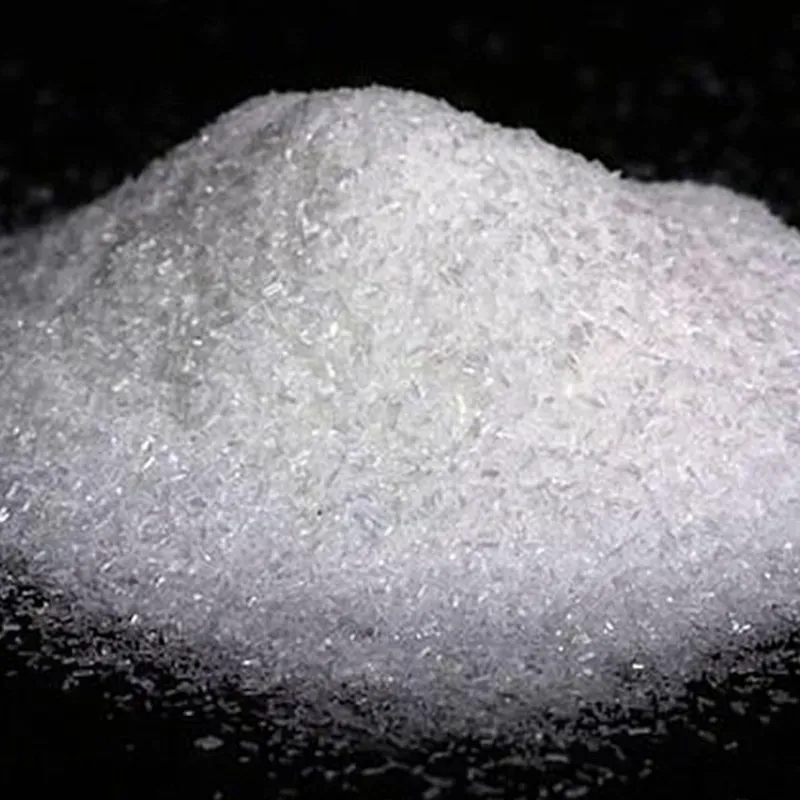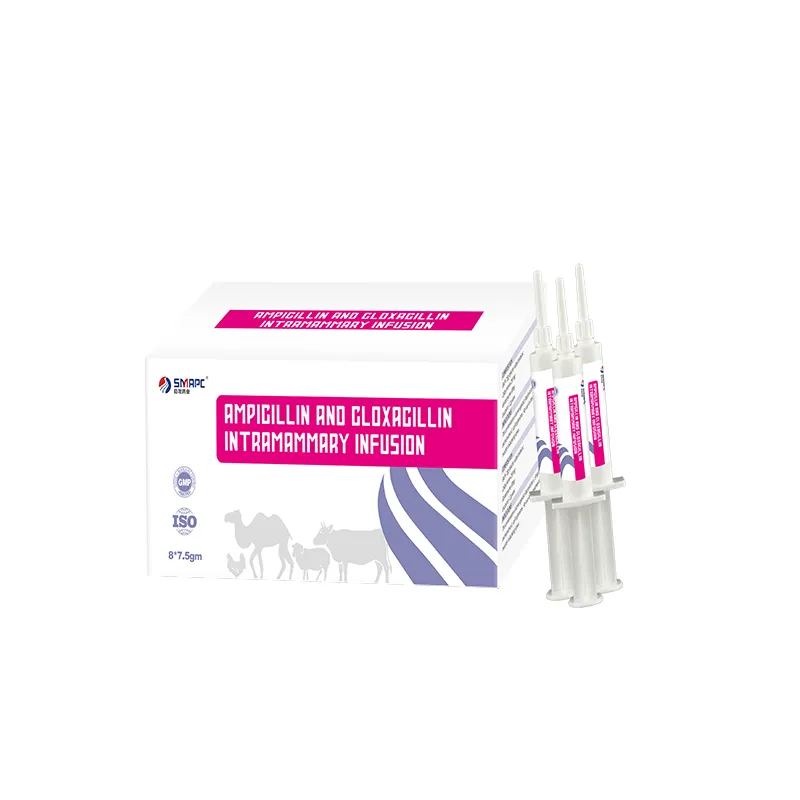
Fév . 15, 2025 16:36
Back to list
Aspartame
Preservatives play a critical role in modern consumer products, extending shelf life, maintaining quality, and ensuring safety. To understand their importance, it's essential to delve into the different types used, their applications, and the impact they have on various industries.
Considerations and Consumer Expectations Balancing efficacy with safety is paramount when selecting preservatives. While synthetic preservatives are effective, consumer trends are shifting towards natural and organic alternatives due to health and environmental concerns. Regulatory considerations also influence the choice of preservatives, as different regions have specific guidelines and approved lists. For instance, food products in the European Union must comply with the EU Food Additives Regulation, which governs the use and labeling of preservatives, ensuring consumer safety and informed choices. The Role of Innovation in Preservation Innovation continues to drive the development of new preservatives that meet modern expectations for efficacy, safety, and sustainability. Recent advancements include the use of encapsulation technology, which protects active preservative ingredients until they are needed, minimizing potential negative interactions with other product components. This targeted approach is gaining traction, particularly in the cosmetics industry, where preserving active ingredients without compromising product performance is crucial. Similarly, biotechnology offers promising solutions by utilizing microbial fermentation to produce preservatives that are both effective and perceived as natural by consumers. This approach addresses the dual demands for safety and sustainability, appealing to environmentally conscious consumers who prioritize eco-friendly products. Conclusion Preservatives are a cornerstone of product formulation, integral to ensuring longevity, safety, and consumer satisfaction. The ongoing evolution in preservative technology reflects the industry's responsiveness to regulatory changes, consumer preferences, and scientific advancements. By understanding the types, applications, and trends in preservative use, manufacturers can make informed decisions that align with both market demands and regulatory standards, ultimately fostering trust and loyalty among consumers. As innovation continues to shape the future of preservation, the commitment to delivering safe, effective, and sustainable products remains unwavering.


Considerations and Consumer Expectations Balancing efficacy with safety is paramount when selecting preservatives. While synthetic preservatives are effective, consumer trends are shifting towards natural and organic alternatives due to health and environmental concerns. Regulatory considerations also influence the choice of preservatives, as different regions have specific guidelines and approved lists. For instance, food products in the European Union must comply with the EU Food Additives Regulation, which governs the use and labeling of preservatives, ensuring consumer safety and informed choices. The Role of Innovation in Preservation Innovation continues to drive the development of new preservatives that meet modern expectations for efficacy, safety, and sustainability. Recent advancements include the use of encapsulation technology, which protects active preservative ingredients until they are needed, minimizing potential negative interactions with other product components. This targeted approach is gaining traction, particularly in the cosmetics industry, where preserving active ingredients without compromising product performance is crucial. Similarly, biotechnology offers promising solutions by utilizing microbial fermentation to produce preservatives that are both effective and perceived as natural by consumers. This approach addresses the dual demands for safety and sustainability, appealing to environmentally conscious consumers who prioritize eco-friendly products. Conclusion Preservatives are a cornerstone of product formulation, integral to ensuring longevity, safety, and consumer satisfaction. The ongoing evolution in preservative technology reflects the industry's responsiveness to regulatory changes, consumer preferences, and scientific advancements. By understanding the types, applications, and trends in preservative use, manufacturers can make informed decisions that align with both market demands and regulatory standards, ultimately fostering trust and loyalty among consumers. As innovation continues to shape the future of preservation, the commitment to delivering safe, effective, and sustainable products remains unwavering.
Next:
Latest news
-
Water Treatment Chemicals for Industrial ProcessesNewsAug.07,2025
-
Unlocking the Secrets of Ammonium Bicarbonate in Traditional BakingNewsAug.07,2025
-
Monosodium Glutamate Seasoning for Stock EnhancementNewsAug.07,2025
-
Enhancing Dimethyl Disulfide Solubility with Green SolventsNewsAug.07,2025
-
Aspartame Safety: Current Research and RegulationsNewsAug.07,2025
-
Aluminum Hydroxide Antacid and Nutrient Absorption ImpactNewsAug.07,2025
-
1,2,3-Benzotriazole: The Unsung Hero of Industrial Chemical InnovationNewsAug.07,2025
HOT PRODUCTS
Hebei Tenger Chemical Technology Co., Ltd. focuses on the chemical industry and is committed to the export service of chemical raw materials.
-

view more DiethanolisopropanolamineIn the ever-growing field of chemical solutions, diethanolisopropanolamine (DEIPA) stands out as a versatile and important compound. Due to its unique chemical structure and properties, DEIPA is of interest to various industries including construction, personal care, and agriculture. -

view more TriisopropanolamineTriisopropanolamine (TIPA) alkanol amine substance, is a kind of alcohol amine compound with amino and alcohol hydroxyl, and because of its molecules contains both amino and hydroxyl. -

view more Tetramethyl Thiuram DisulfideTetramethyl thiuram disulfide, also known as TMTD, is a white to light-yellow powder with a distinct sulfur-like odor. It is soluble in organic solvents such as benzene, acetone, and ethyl acetate, making it highly versatile for use in different formulations. TMTD is known for its excellent vulcanization acceleration properties, which makes it a key ingredient in the production of rubber products. Additionally, it acts as an effective fungicide and bactericide, making it valuable in agricultural applications. Its high purity and stability ensure consistent performance, making it a preferred choice for manufacturers across various industries.











